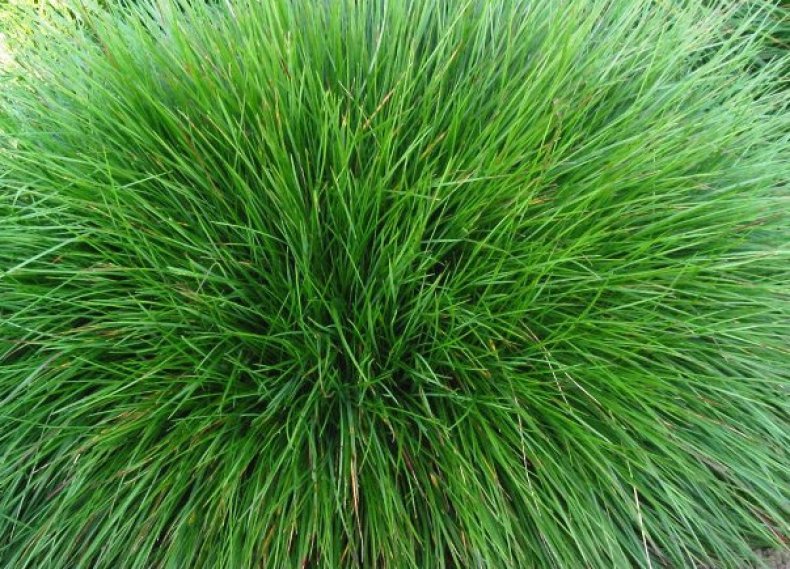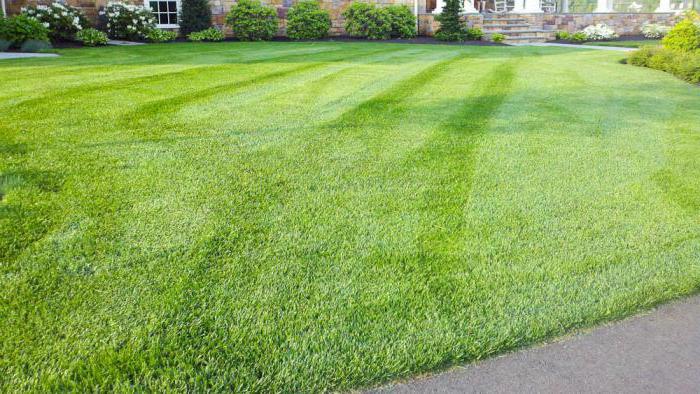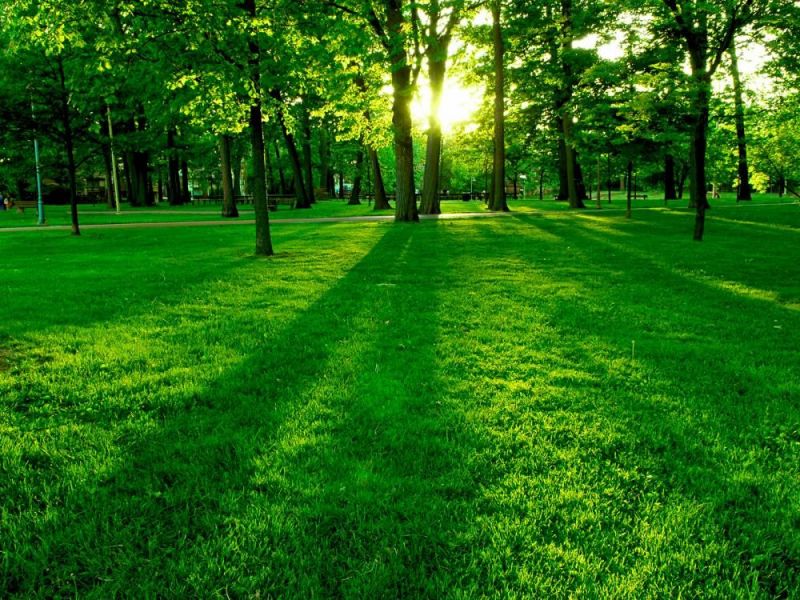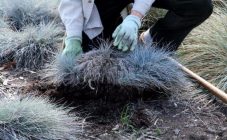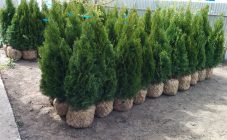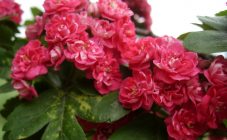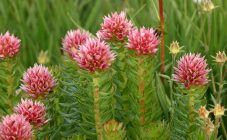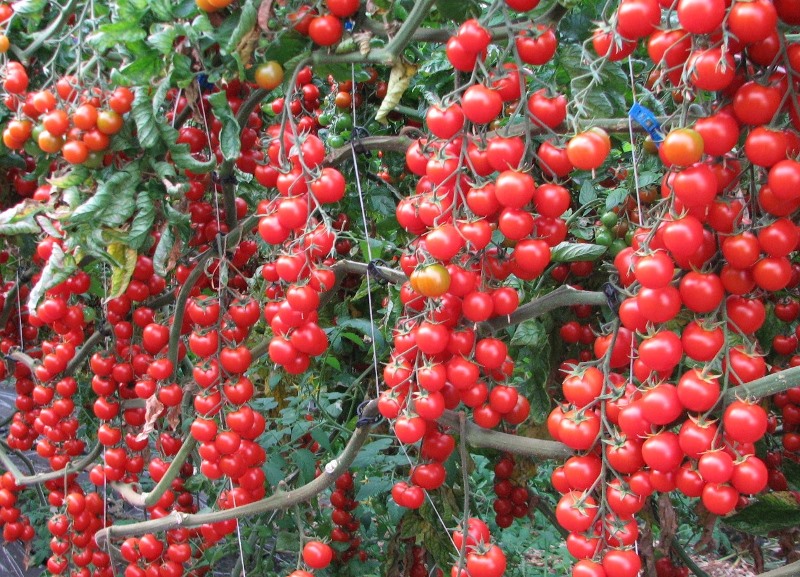Content:
Fescue belongs to the family of cereals. It is a perennial herb with a paniculate inflorescence. Fescue grows all over the world and there are about 300 different varieties. It mainly lives in regions with a temperate or cold climate. There are about 50 species in Russia. The stem is erect, from 10 cm to 2 m high. This plant goes well for fodder for livestock, and then grows back quickly. Many species are domesticated. This grass makes a wonderful lawn.
Meadow fescue
When choosing lawn grass seeds, you need to know what the lawn is for. Just to decorate the site, or children will play on it, or in general it will be a playground for sports. Meadow fescue, a fast-growing perennial grass that is not afraid of frequent mowing, is perfect for the lawn of a garden plot. But it is intended only for decorating a summer cottage or estate.
Meadow fescue: description and cultivation
It is best to plant meadow fescue in spring. In a week and a half, seedlings will appear, in about a week the height of the grass cover will already be 6 cm, and in a month and a half it will reach 18-20 cm. It begins to bloom in the second year. From the first decade of April, seedlings already appear, by the end of April the grass grows. By the end of May, a spikelet already appears, which will bloom for 8-10 days. Seeds ripen at the end of June. In November, the leaves die off.
This herb grows very densely in the first year of planting. She is not whimsical to soil, will survive a couple of weeks without watering. A fescue lawn will only require timely cutting and removal of cut grass, fertilization and watering. With such care, it will serve as a decoration for more than 10 years.
With all the advantages of Lugovoi's fescue, there is one big drawback - this grass does not like to be walked on. If children play on the lawn or picnics are planned, then such a lawn will quickly be trampled down, and bald spots will turn out, which will significantly worsen the appearance. Bald spots can also appear if the mowed grass is not removed in time.
Reed fescue
Reed fescue (in Latin Festuca arundinacea Schreb) is a perennial plant belonging to the genus Fescue, of the Cereals family.
Very unpretentious plant. Resistant to drought and frost, and she is not afraid of rain. In this variety, blue-green leaves grow early in spring and have an average growth rate. This is one of the herbs that are not afraid of trampling. Reed fescue for lawns is the best option. Its roots are long, so it can extract moisture for itself, and it can easily survive hot days. And the main advantage is that it stays green for a long time.
Sheep fescue
There is an opinion that the lawn was invented in England, but in general the British themselves did not invent anything. The sheep ate the grass so thoroughly and evenly that the pastures turned into a kind of lawns. English gardeners only adopted this technique from these animals.
Sheep fescue: plant description
This perennial grass with a fibrous root has a height of 30-60 cm. The stem is straight, smooth. The leaves are long and narrow.The color of the plant is green, slightly bluish. The spikelet is multi-flowered.
Sheep fescue grows mainly on rocky and poor sandy soils. This variety does not like wet swampy soils, it quickly dies on them. This grain successfully tolerates drought and low temperatures. It has a well-developed root system, therefore, it will not freeze out even in winter frosts.
Gaultier's fescue
This species is a low-growing plant about 10 cm high. Individual bushes of Gaultier's fescue grow on pillows 40-60 cm in diameter. They look great as a connecting link in flower arrangements, and if they are planted in the form of a ribbon, you get a very beautiful border. If you plant them at a distance of 20-25 cm from each other, then in two years the space between the plants will be filled and you will get a beautiful lawn. This type of cereals is very winter-hardy, but in extreme cold it can still freeze slightly. Although with the onset of heat, the plant will recover perfectly. Fescue is very fond of the sun, but also tolerates light temporary partial shade. Moisture deficiency may also be tolerated, but a bright emerald color can only be obtained with good watering. It is relatively unpretentious to the soil, but still grows better on fertile lands. Most suitable soil composition:
- Sod land - 1 part;
- Humus or peat - 1 part;
- Sand - 3 parts.
Gowther's fescue is endowed with the same qualities. It is most often used in the design of rocky gardens in the oriental style.
Red fescue maxima
For a long time, this variety has been considered the main component of lawn mixtures. It is a versatile variety. It grows well both in the shade and in open areas. Very beautiful and does not “grow old” for many years. Absolutely not whimsical to soils. It adapts well to poor lands and, of course, responds well to all kinds of feeding. Maxim fescue is a very winter-hardy and frost-resistant variety. It is also resistant to many fungal diseases. But he does not like dampness and stagnant water.
Red fescue modified
The leaves of altered red fescue differ from other types in their rigidity and bristling. May change color after cutting. This variety is very drought tolerant.
Giant fescue
This is a tall species, it grows up to one and a half meters in height. It has long, beautifully curving leaves. The ears look very original - like a dance of small drops in the air.
Wallis fescue
Wallis fescue, or fescue, is a densely soddy perennial plant with bluish-green narrow leaves that have a waxy coating. The leaves are much smaller than the panicle stem.
This variety blooms in May. He loves places bathed in sun. This plant will normally survive excess moisture, unlike its counterparts. Propagated fescue by seeds or by dividing the bush. Ideal as lawn grass in rose gardens.
For lawn grass on the site, gardeners can choose a certain variety of fescue that is most suitable for its characteristics.
